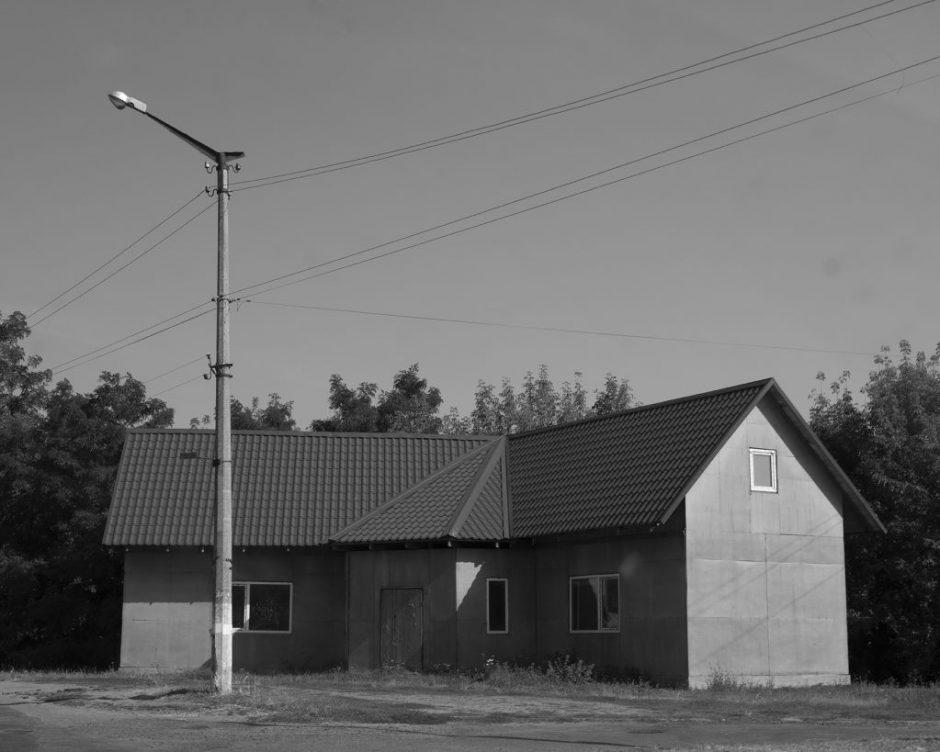Reflective Post #1 Arts Pedagogy – Aesthetic epistemology, or the epistemology of aesthetics, critically examines how aesthetic experiences contribute to knowledge acquisition and what distinctive cognitive roles art and aesthetics play.
—
by
The introduction discusses how Celestino Matavele, a Mozambican artist and teacher, revisited his past through 35 mm slides of his early graphic design work in 2010. The posters he created in Mozambique’s post-independence period reflected the optimism of nation-building, the ruling Frelimo party’s ethos, and the broader “liberation script” of the time. Matavele, known as “Cejuma,” studied graphic design in the Soviet Union during the 1980s as part of socialist solidarity programs aimed at nurturing technocratic elites in newly independent nations. These programs offered African artists access to professional training as an alternative to imperialist influences but imposed ideological constraints and hierarchical power dynamics.Mozambique’s post-independence cultural policies sought to unify and decolonize its identity through Marxist-inspired art education. Institutions like the National School of Visual Arts (ENAV) and international scholarships played a key role in training artists like Cejuma, who later became cultural leaders. However, the socialist bloc’s education programs emphasized Soviet narratives and imposed strict aesthetic norms, particularly socialist realism, limiting creative freedom.Returning to Mozambique in the mid-1980s, Cejuma and his peers faced a shifting political and cultural landscape, as the government transitioned from socialism to neoliberalism under economic pressures. Despite diminished state support for the arts, these artists continued to advocate for solidarity and equality, using their Soviet-influenced training to critique existing inequalities and envision alternative futures. Their experiences highlight the complex interplay between transnational education, decolonial aesthetics, and political ideology in post-colonial Africa.https://academic.oup.com/arthistory/article/45/5/1078/7275117https://academic.oup.com/arthistory/article/45/5/1078/7275117
What I took away from reading this paper relates to my teaching a cohort of both International and Home students – I am interested in the role of art and design in shaping our understanding of the world where upon the who tells these stories and what forms our narrative process alongside the realms of economic and soft power in the arts
Perceptions of what is deemed Commercially successful in the West / USA / Western European styles of photography vs those of East and South Asia Particular Contemporary Documentary photography and the context of how it effects these regions seems much more towards how the Mozambican artists intergrated and brought about their own authorship within the confines of the influence of Soviet art. Within the practice of the MA Commercial Photography I have chosen to approach teaching where upon there is no siloing across what is deemed Commercial practice today where upon a hybird more inclusive response is required that takes into account the present climate within the “democratisation of photography” both in terms of economics for those who both use photography within a fine art , editorial and commercial as well as defining who they are in these world through their authorship. Upon reading this paper I feel that it is easy to take upon a “western gaze ” of what is deemed the ” right” way to succeed , in many ways not taking into account the work that is being made across other geographic regions, their voices, styles, experience and authorship. It is imperative that whilst a process of education takes into account western philsophies around image making, the students should be encouraged via their authorship to engage their visions in ways to disrupt common or regular attitudes towards what is deemed “right” for example post production techniques which have gained popular recogntion within western fashion photographers have inflitrated for example South Asia
the writer sought to bring about a discussion around the nature of fashion photography in India and individuals who were making the work. What I found interesting here was both a pushback from those involved but also many agreeing with her. It left me some what perplexed and torn. Many of the artists had as the Mozambique artists in Russia learnt the applied techniques and then applied them to the subcontinent in many ways making them their own yet for me questions still remained on whether these were aesthic choices in responses to economics as well as wanting acceptance from Western clients. This left me questioning where does this leave me as an educator, where are the lines drawn, blurred etc.
